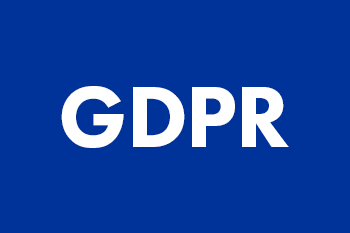As we’ve been discussing capturing data on AV equipment and room usage, we haven’t touched on how it actually works. How do we gain visibility to the data? What’s the magic behind it? There are a number of options for collecting this information from leading AV companies like Crestron, with their Fusion offering, to smaller appliances from companies like Domotz or ihiji (now Control 4).
These monitoring devices are installed along with your AV system, connected to all the various components required for operation: projectors, displays, control systems, audio and video conferencing equipment, occupancy sensors, and more. These monitoring devices watch the status of the entire AV system, room by room, and provide detailed usage information for each individual component and the room as a whole. Equally as important these devices are able to provide back information on asset health.
All of this information is fed into a dashboard that gives system admins a quick glimpse into usage and overall system health, and calls out any potential issues. As an example, most projectors have an option in the menu to report on the remaining life left in the projection bulb. This is great feature but requires someone to physically check each projector — useful for finding out what happened when there is an issue. Connected to a dashboard, this information becomes much easier to act upon, because it’s much more visible. When the bulb becomes low life, a warning will display, allowing system technicians a chance to replace the bulb before failure. Similarly, if a room doesn’t report in to the monitoring device, a warning will be issued. AV teams can reboot the room and check for any issues well before an issue is found by a team attempting to use that room.
With secure connections, these devices are able to communicate back to a single monitoring location, whether that’s Network Operation Center (NOC) within an organization, or one with a third party integrator or managed service team. The benefit of monitoring is really two fold. First, you get faster response to any system issues. This results in better uptime, and less wasted time in meetings. Second, you gain access to intelligence that can help you better plan technology investments, often allowing you to redeploy equipment instead of buying additional, or modifying the type of system deployments to better fit the daily usage.
This type of monitoring and data analytics, paired with a proactive maintenance program can easily pay for itself. The benefits cross the end user experience, investment and financial implications, and an organization’s ability to stay connected to keep business moving forward.
If you’re interested in learning more about AV data analytics, or proactive maintenance for your systems, just hit contact below. We’re happy to walk you through available options to determine if there’s a business case for your organization. Contact Us!











